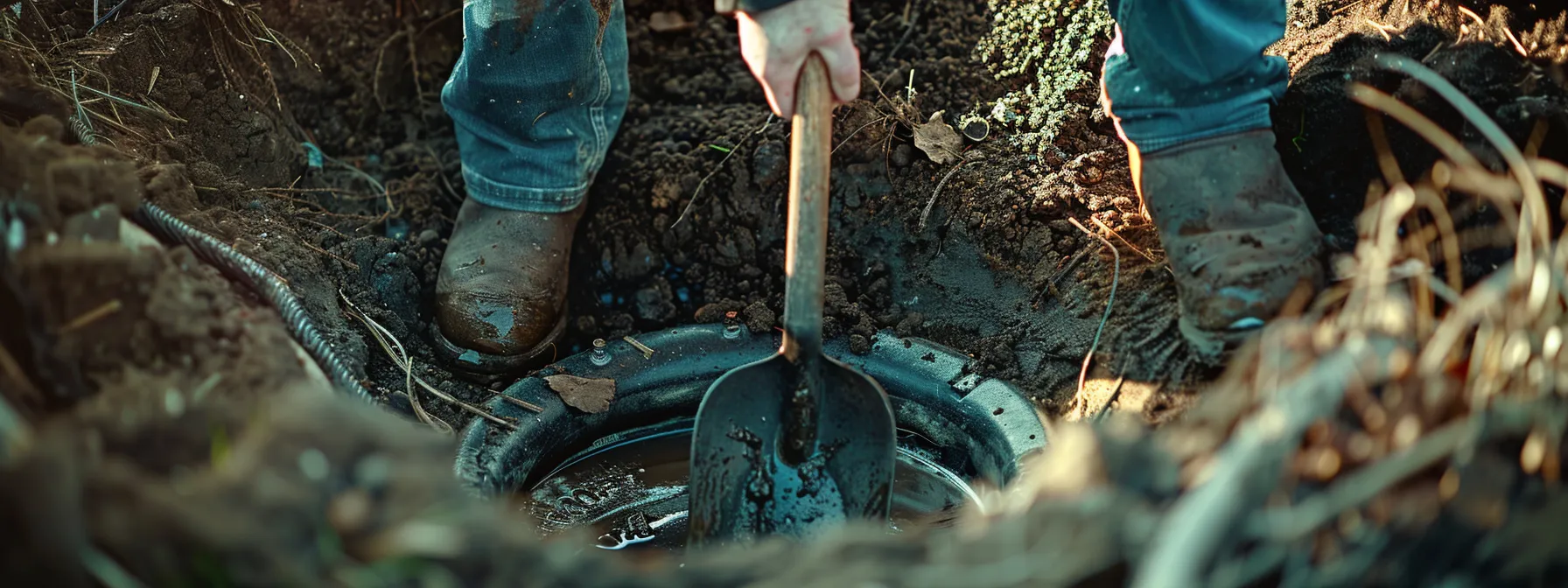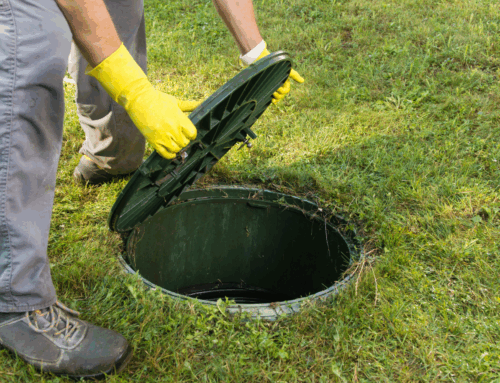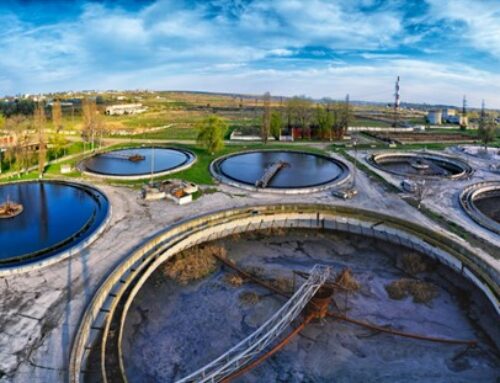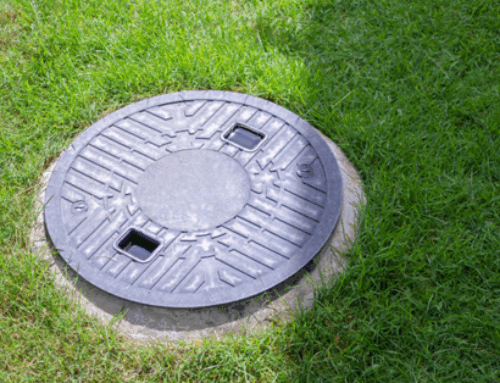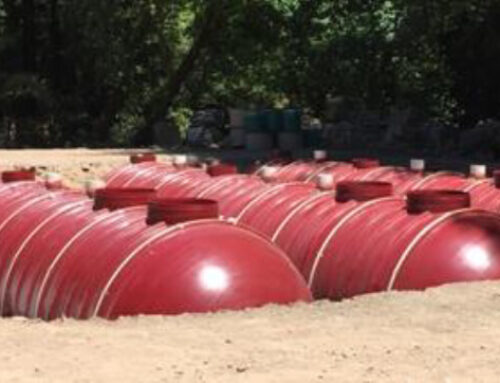Is It Time for Septic System Drainfield Leach Field Repair? — You probably don’t give your septic system much thought — and that’s the way it should be. When it’s working, it’s quiet, hidden, and doesn’t bother anybody. But when things start to shift, even a little, you notice.
Soft spots in the yard. Drains that seem a little slower. A faint smell that wasn’t there last week.
These are often early signs that you might need septic system drainfield leach field repair. And catching those signs early? That’s the best thing you can do for your home and your wallet.
What the Drainfield Actually Does
Before we go any further, let’s back up. The drainfield (or leach field) is the part of your septic system where water goes after it’s been treated in the tank. It filters through gravel and soil so that clean water slowly returns to the earth.
If that area stops draining like it should, the system can’t finish the job. And that’s when backups, puddles, and odors start showing up.
Septic system drainfield leach field repair focuses on restoring that part of the system — whether it’s through cleaning, rebuilding, or replacing the damaged sections.

Early Signs Something’s Wrong
Not every drainfield failure starts with a flood. In fact, most begin with small changes.
You might notice:
- Wet patches in the yard, even when it hasn’t rained
- Grass growing faster or thicker in one spot
- Smells around the tank or field
- Gurgling sounds in the drains
- Toilets that flush slower than usual
These signs don’t always mean disaster, but they’re worth paying attention to. A team that handles professional leach field repair will know how to test and confirm what’s really going on.
What Causes the Damage?
There’s no one reason a leach field fails. Sometimes it’s just age — the system gets tired. Other times it’s because of something like heavy equipment parked over the field, tree roots breaking in, or even excess water from outside sources.
Another big one? Overuse. If your system was designed for a family of four and you’ve got six or more people using it daily, that’s going to cause stress. Eventually, the field can’t keep up.
Septic system repair services will usually start with an inspection to see if the drainfield is compacted, clogged, or damaged in any visible way.
Is Replacement the Only Option?
Not always. A lot of homeowners assume that any issue means they’re about to dig up the whole yard. But there are times when targeted septic system drainfield leach field repair can solve the problem.
Sometimes it’s a matter of flushing out blocked lines or breaking up compacted soil. Other times it’s just one damaged section that needs replacing. Of course, if the whole system is failing, you may need a bigger fix — something like drainfield replacement and repair.
But a good crew won’t jump to that unless it’s truly needed. They’ll explain the situation and help you weigh the options.
New Installations Need Smart Planning
If you do end up needing a new system, or if you’re building one from scratch, the layout matters. Leach field installation and maintenance isn’t just about digging a trench and calling it good. The soil, slope, and water table all play a role.
You also want to think long-term. Will the home expand? Will more people move in? These questions help decide how big the system should be and where it goes.
Is Restoration an Option?
In some cases, septic drainfield restoration can bring a worn-out field back to life. This usually involves specialized treatments that break up bio-mat buildup — the stuff that forms when solids don’t break down properly and clog the soil.
Restoration doesn’t work for every field, but when it’s an option, it can be a lot less invasive than replacing the entire system.
How Do You Know When It’s Time?
You don’t have to be an expert to spot a problem. If something feels off — smells, soggy grass, slow drains — trust your gut. It’s better to have it checked early than wait for it to fail completely.
A team that handles septic system drainfield leach field repair will give you answers. They’ll look at the whole setup, explain what’s happening, and talk you through what comes next.
It’s not just about fixing a problem. It’s about protecting your home from bigger headaches down the line.
Dealing with Wastewater? Let’s Keep It Simple. You can phone us at 800-753-3278 or get in touch with us here.

If you’re tired of systems that break down, cost a fortune, or just don’t make sense—we hear you.
At BioMicrobics, we build treatment systems that work the way they should. No fluff, no confusing setup.
Simply clean water.
We can help you find out what works best for your house, small company, or even your whole town.
